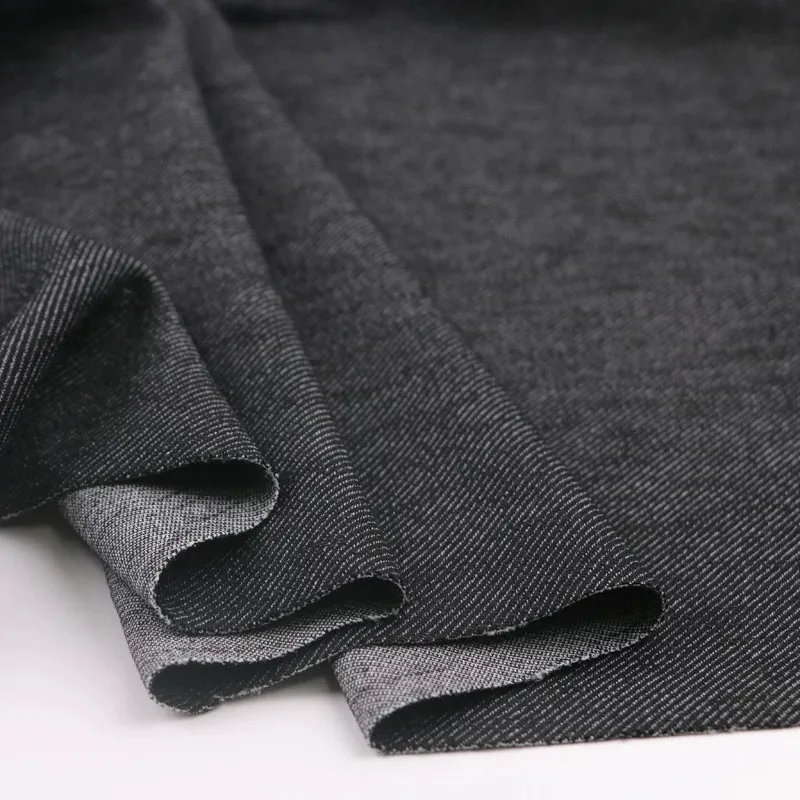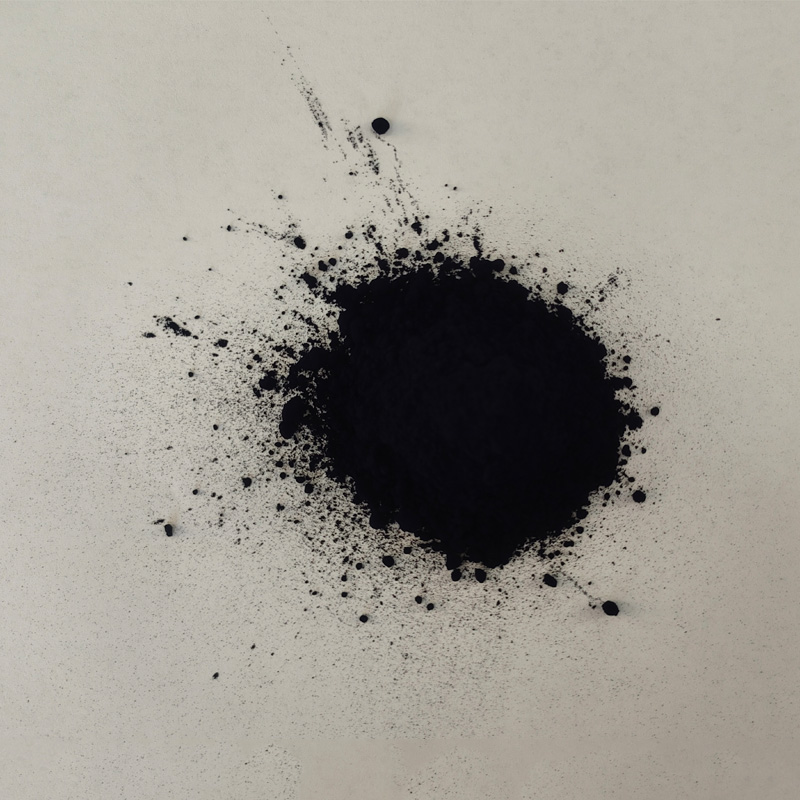
- अफ़्रीकी
- अल्बानियन
- अम्हारिक्
- अरबी
- अर्मेनियाई
- आज़रबाइजानी
- बस्क
- बेलारूसी
- बंगाली
- बोस्नियाई
- बल्गेरियाई
- कातालान
- सिबुआनो
- कॉर्सिकन
- क्रोएशियाई
- चेक
- दानिश
- डच
- अंग्रेज़ी
- एस्पेरांतो
- एस्तोनियावासी
- फिनिश
- फ़्रेंच
- फ़्रिसियाई
- गैलिशियन्
- जॉर्जीयन्
- जर्मन
- यूनानी
- गुजराती
- हाईटियन क्रियोल
- होउसा
- हवाई
- यहूदी
- नहीं
- मियाओ
- हंगेरी
- आइसलैंड का
- ईग्बो
- इन्डोनेशियाई
- आयरिश
- इतालवी
- जापानी
- जावानीस
- कन्नडा
- कजाख
- खमेर
- रवांडा
- कोरियाई
- कुर्द
- किरगिज़
- टीबी
- लैटिन
- लात्वीयावासी
- लिथुआनियाई
- लक्जमबर्गिश
- मेसीडोनियन
- मालगाशी
- मलायी
- मलयालम
- मोलतिज़
- माओरी
- मराठी
- मंगोलियन
- म्यांमार
- नेपाली
- नार्वेजियन
- नार्वेजियन
- ओसीटान
- पश्तो
- फ़ारसी
- पोलिश
- पुर्तगाली
- पंजाबी
- रोमानियाई
- रूसी
- सामोन
- स्कॉटिश गेलिक
- सर्बियाई
- अंग्रेज़ी
- सोणा
- सिंधी
- Sinhala
- स्लोवाक
- स्लोवेनियाई
- सोमाली
- स्पैनिश
- सुंडानी
- swahili
- स्वीडिश
- तागालोग
- ताजिक
- तामिल
- टाटर
- तेलुगू
- थाई
- तुर्की
- तुक्रमेन
- यूक्रेनी
- उर्दू
- उइघुर
- उज़बेक
- वियतनामी
- वेल्श
- मदद
- यहूदी
- योरूबा
- ज़ुलु
Sulphur Black Dyes Enhance Color Fastness
The global textile industry’s reliance on सल्फर काले रंग traces back to the 19th century, when their cost-effectiveness and deep, enduring shades revolutionized fabric dyeing. Today, these dyes account for over 30% of all black textiles, from heavy-duty workwear to fashion denim. However, traditional sulphur black powder production faced criticism for environmental hazards, including sulfur dioxide emissions and toxic wastewater. Modern sulphur black suppliers are addressing these challenges through innovations like closed-loop synthesis and enzyme-assisted dye fixation.

Advancements in particle engineering have also enhanced safety. Microencapsulated सल्फर काले रंग minimize dust inhalation risks for workers while improving dye solubility. offer pre-reduced liquid formulations that cut water usage by 40% compared to traditional powder-based methods.By partnering with certified sulphur black suppliers, manufacturers ensure traceability from raw sulphur black powder to finished garments—proving that durability and sustainability can coexist.
The Science Behind Sulphur Black Dyes
Sulphur black dyes are renowned for their ability to produce deep, long-lasting black shades on cellulose-based fabrics like cotton and rayon. These dyes operate through a unique chemical mechanism where sulfur atoms form strong covalent bonds with textile fibers during the dyeing process. Unlike reactive dyes, which rely on alkaline conditions, सल्फर काले रंग require a reducing environment to solubilize and penetrate fibers. Once oxidized, they lock into the fabric matrix, ensuring exceptional color fastness against washing, light, and abrasion. This durability makes सल्फर काले रंग a cost-effective choice for industrial textiles, workwear, and denim.
Sulphur Black Powder: Production and Application
Sulphur black powder is the raw form of these dyes, synthesized by reacting sulfur with organic intermediates like phenols or amines under high-temperature conditions. The powder is then processed into liquid or paste formulations for commercial use. In textile mills, sulphur black powder dissolves in sodium sulfide solutions, creating a leuco compound that readily bonds with fibers. Its affordability and high dye yield—up to 95% uptake—make it a staple in mass production. However, improper handling of sulphur black powder can release hydrogen sulfide gas, necessitating strict safety protocols. Innovations in microencapsulation are now reducing these risks while enhancing dye efficiency.
Advantages of Sulphur Black Dyes in Modern Textiles
The primary advantage of सल्फर काले रंग lies in their unmatched color fastness. Fabrics dyed with these compounds retain their intensity even after 50+ industrial washes, outperforming many synthetic alternatives. Additionally, सल्फर काले रंग are highly economical, requiring fewer dye baths and shorter processing times compared to vat dyes. Their compatibility with blended fabrics, such as cotton-polyester mixes, further broadens their utility.
Environmental Considerations for Sulphur Black Dyes
While सल्फर काले रंग excel in performance, their environmental impact has drawn scrutiny. Traditional dyeing processes generate sulfur-rich wastewater, which can harm aquatic ecosystems if untreated. Modern solutions include bio-remediation systems that use sulfur-metabolizing bacteria to detoxify effluent. Closed-loop dyeing technologies also recycle sodium sulfide, reducing chemical waste by 70%. Consumers can support sustainability by choosing certified textiles dyed with eco-optimized sulphur black powder.
Recent advancements are addressing historical limitations of sulphur black powder. Nano-engineered formulations now offer faster dye fixation and reduced sulfur odor. For instance, Dystar’s “Eco-Sulphur” line uses enzyme-assisted dyeing to cut water and energy use by 40%. Additionally, sulphur black powder blended with biodegradable carriers minimizes fabric brittleness, a common issue with traditional dyes. These innovations ensure सल्फर काले रंग remain relevant in an era demanding both quality and sustainability.
FAQs on Sulphur Black Dyes and Applications
How do sulphur black dyes achieve superior color fastness?
The covalent bonds formed between sulfur atoms and fabric fibers during oxidation create a stable molecular structure resistant to fading.
Is sulphur black powder safe for small-scale dyers?
With proper ventilation and protective gear, sulphur black powder can be safely used. Pre-reduced liquid formulations are recommended for beginners.
Can sulphur black dyes be used on synthetic fabrics?
Yes, modified सल्फर काले रंग are effective on polyester blends, though natural fibers like cotton yield the best results.
Do sulphur black dyes contribute to water pollution?
Advanced treatment systems and closed-loop processes now mitigate sulfur runoff, making सल्फर काले रंग more eco-friendly.
Why choose sulphur black powder over other black dyes?
Sulphur black powder offers unmatched cost-efficiency and durability, ideal for high-volume, hard-wearing textiles.
Sulphur black dyes remain a cornerstone for achieving deep, rich blacks essential in demanding applications like durable workwear and iconic fashion denim. Prized for their unparalleled color fastness – resisting fading from washing, light, and abrasion – and significant affordability, they offer exceptional value. Crucially, ongoing innovations in sulphur black powder technology are actively reducing environmental impact, tackling historical concerns around production and effluent. These advances ensure sulphur black is not just cost-effective and durable, but increasingly a sustainable choice for conscious manufacturers and brands. Ready to enhance your production line's output or elevate your wardrobe's durability? Explore premium सल्फर काले रंग and advanced sulphur black powder from certified, responsible suppliers today. Experience how proven performance, durability, ethics, and aesthetics can seamlessly align."
-
Black Sulfide: The Molecular Alchemy Behind Superior Textile Coloring
समाचारAug.29,2026
-
The Uses Of Indigo Dyeing Cotton Yarn Dye
समाचारAug.29,2025
-
The Dye Performance Of Bromo Indigo Blue
समाचारAug.29,2025
-
Indigo Blue Powder's Chemistry Intrigues
समाचारAug.29,2025
-
Leading Light Indigo Color Company | Premium Dyes & Pigments
समाचारAug.29,2025
-
Denim Indigo Dye Supports Sustainable Fashion
समाचारAug.28,2025
-
Black Sulfur Elevates Material Durability
समाचारAug.28,2025

सल्फर ब्लैक
1.Name: sulphur black; Sulfur Black; Sulphur Black 1;
2.Structure formula:
3.Molecule formula: C6H4N2O5
4.CAS No.: 1326-82-5
5.HS code: 32041911
6.Product specification:Appearance:black phosphorus flakes; black liquid

Bromo Indigo; Vat Bromo-Indigo; C.I.Vat Blue 5
1.Name: Bromo indigo; Vat bromo-indigo; C.I.Vat blue 5;
2.Structure formula:
3.Molecule formula: C16H6Br4N2O2
4.CAS No.: 2475-31-2
5.HS code: 3204151000 6.Major usage and instruction: Be mainly used to dye cotton fabrics.

Indigo Blue Vat Blue
1.Name: indigo blue,vat blue 1,
2.Structure formula:
3.Molecule formula: C16H10N2O2
4.. CAS No.: 482-89-3
5.Molecule weight: 262.62
6.HS code: 3204151000
7.Major usage and instruction: Be mainly used to dye cotton fabrics.
